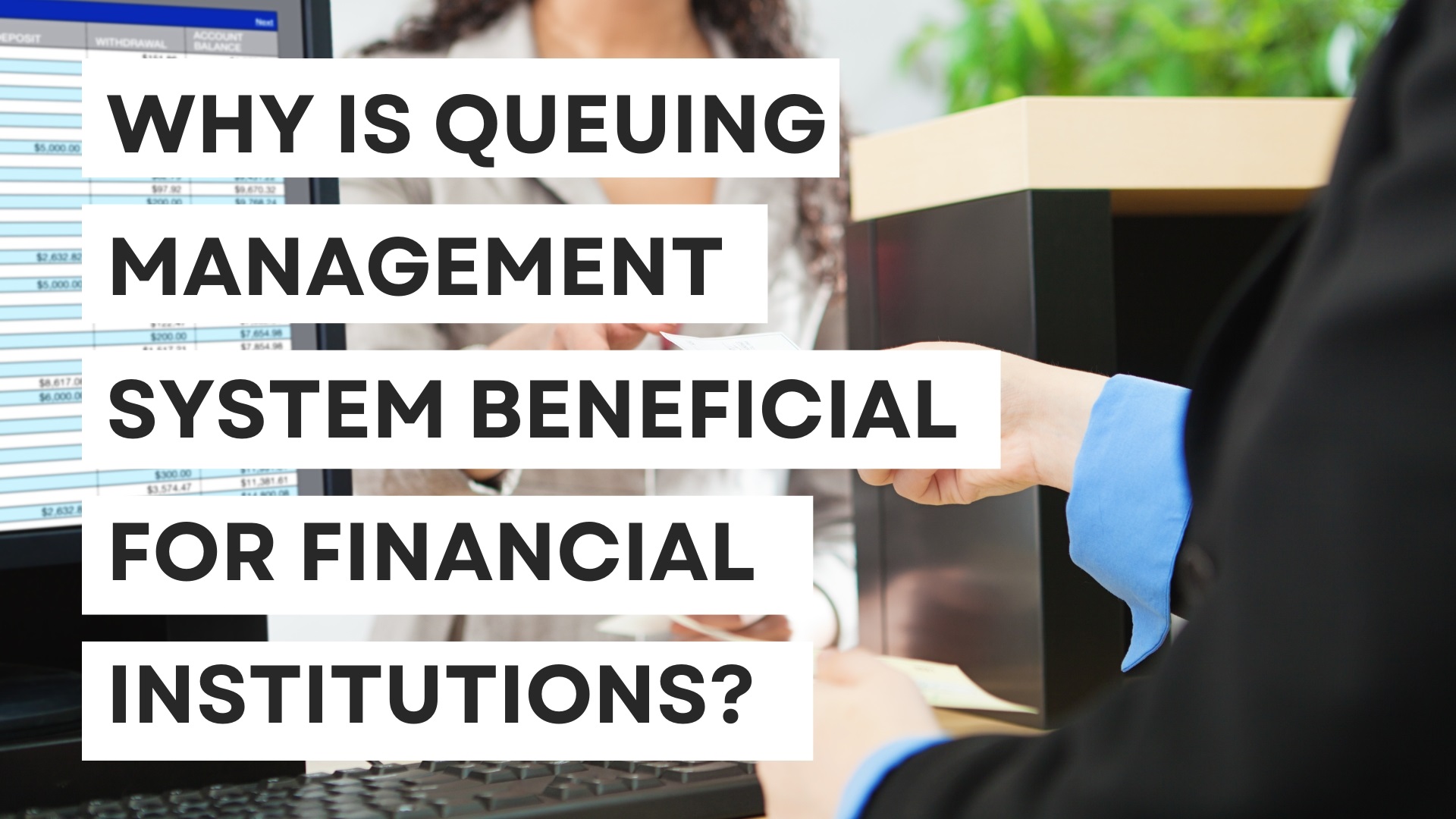Why is Queuing Management System Beneficial in Transportation Sector? Queuing management systems are becoming increasingly popular in the transportation sector, as they …
Why is Queuing Management System Beneficial for Financial Institutions?

Queuing systems, also known as waiting lines or lines of service, are a common feature of daily life. From waiting in line at a coffee shop to standing in line at the bank or post office, most people have experienced the frustration of waiting their turn for service. However, for financial institutions, implementing a queuing system can actually be beneficial for both the institution and its customers.
One of the main advantages of a queuing system for financial institutions is the ability to manage customer flow. Financial institutions, such as banks and credit unions, often have a high volume of customers seeking assistance with a variety of tasks, from depositing checks and withdrawing cash to applying for loans and opening new accounts. Without a queuing system in place, customers may become frustrated with long wait times and the chaotic nature of the service environment.
By implementing a queuing system, financial institutions can better manage customer flow and reduce wait times. This can be accomplished through the use of physical queue lines or virtual queue systems, where customers can take a number or scan a QR code to hold their place in line. This allows financial institutions to streamline the service process and ensure that customers are served in an orderly and efficient manner.
Another benefit of a queuing system for financial institutions is the ability to prioritize customer needs. Financial institutions often serve a diverse customer base with a range of needs and priorities. For example, a customer with a time-sensitive issue, such as a lost or stolen credit card, may require immediate assistance. With a queuing system in place, financial institutions can prioritize these high-priority issues and ensure that customers with urgent needs are served first.
In addition to improving the customer experience, a queuing system can also benefit financial institutions by increasing productivity and efficiency. By managing customer flow and prioritizing customer needs, financial institutions can reduce the time spent on each transaction and improve the overall efficiency of the service process. This can lead to cost savings for the financial institution and increased profitability.
Furthermore, a queuing system can help financial institutions gather data on customer behavior and needs. By tracking customer wait times and the length of time spent on transactions, financial institutions can identify bottlenecks in the service process and implement solutions to improve efficiency. This data can also help financial institutions understand customer needs and preferences, allowing them to tailor their services and offerings to better meet the needs of their customer base.
While implementing a queuing system may require an initial investment, the long-term benefits for both financial institutions and customers can be significant. By managing customer flow, prioritizing customer needs, increasing productivity and efficiency, and gathering data on customer behavior, financial institutions can improve the overall customer experience and drive profitability.
Conclusion
In conclusion, a queuing system can be highly beneficial for financial institutions. By managing customer flow, prioritizing customer needs, and increasing productivity and efficiency, financial institutions can improve the overall customer experience and drive profitability. In today’s competitive financial services industry, a well-managed queuing system can be a key differentiator and a valuable asset for any financial institution.
Related Articles
Why is Queuing Management System Beneficial for Health Institutions? The healthcare industry is constantly evolving, and one area that has seen significant …


